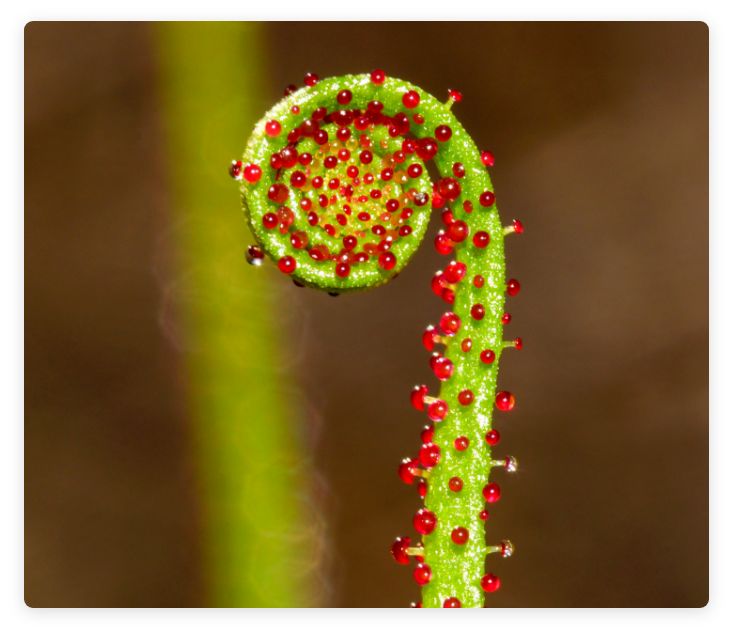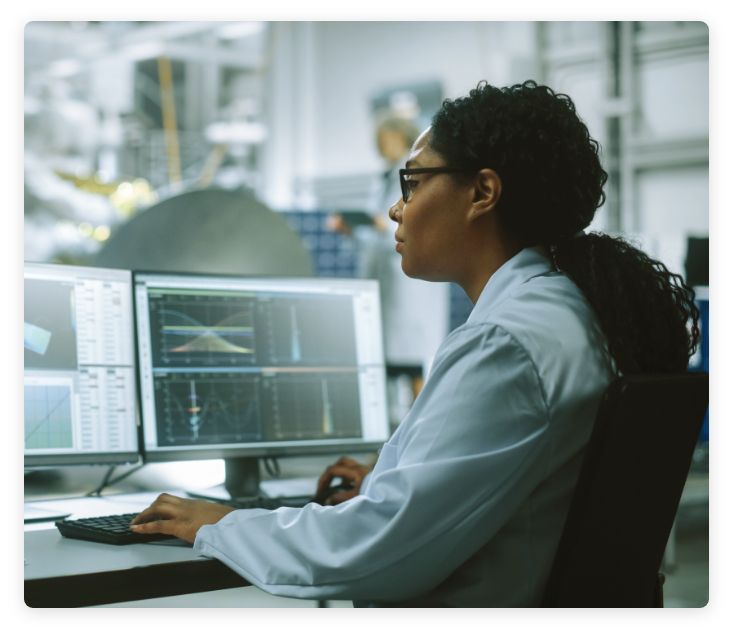We talk about the cell as a sensing supercomputer, interacting with and processing chemical information every minute of every day. This supercomputer is powered by genetic sense and response mechanisms, also known as transcription factors. Reprogramming these mechanisms allow us to build cell-free biosensors that are customized for your unique needs.


Genetic Regulation: The Operating System
Life is chemistry: from complex multicellular organisms to the single cell bacterium, all living beings are driven by chemical processes and are constantly sensing and reacting to chemical stimuli. This biochemical recognition occurs through genetic circuits, powered by transcription of DNA to RNA and translation of specific proteins. These make up the cellular supercomputer’s “operating instructions,” allowing it to respond to chemical signals through genetic regulation.
Check out our Partners Page for Sensible Compounds
Allosteric Transcription Factors: The “On” Switch
For the supercomputer to begin processing, it needs to receive an “on” signal. Allosteric Transcription Factors (aTFs) provide this signal. aTFs are bacterial regulatory proteins that recognize chemical stimuli and regulate cellular response. Different families of aTFs are sensitive to different chemical compounds; an engineered biosensor uses bioinformatics and experimentation to determine and program the highest-performing aTF. This way, when the target chemical is detected, it triggers the “On” aTF signal, producing a measurable quantity of RNA as a signal.
Read more in Publications, 2022 Nature Chemical Biology




Flexible Visual Reporters: Customizable Reporting “Software”
Computing power means nothing without a useful software user interface. Recognizing that no one-program-fits-all, Stemloop builds its biosensors with different visual reporter interfaces. The core cell-free, aTF-based technology remains the same, with slight modifications to allow for different scales and quantification levels of testing. These formats include high-throughput fluorescent well-plate or in vivo, embedded biosensors, as well as more discrete, equipment-free test formats such as colorimetric or lateral-flow style tests.
Check out uSense™ for Lead to see our LFA-style test in action
Cell-Free Systems: Laptop-Like Versatility
While a desktop may have some power performance advantages, a laptop-based solution cannot be beat for versality. Extend this comparison to a whole-cell versus cell-free biosensing solution. Unlike a whole-cell system, a cell-free solution extracts only the necessary mechanisms from the cell, in this case, the genetic circuitry that powers the aTF-based reaction. This has inherent advantages: cell-free reactions are inherently more controllable, doesn’t risk biocontainment since the reaction isn’t “alive,” and provides superior unit economics with an easily preserved, shelf-stable format.
Check out the Biosensor Advantage for more cell-free system benefits





